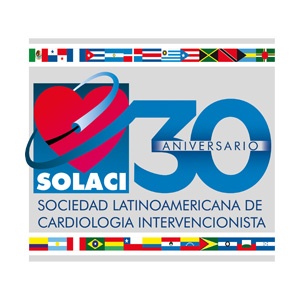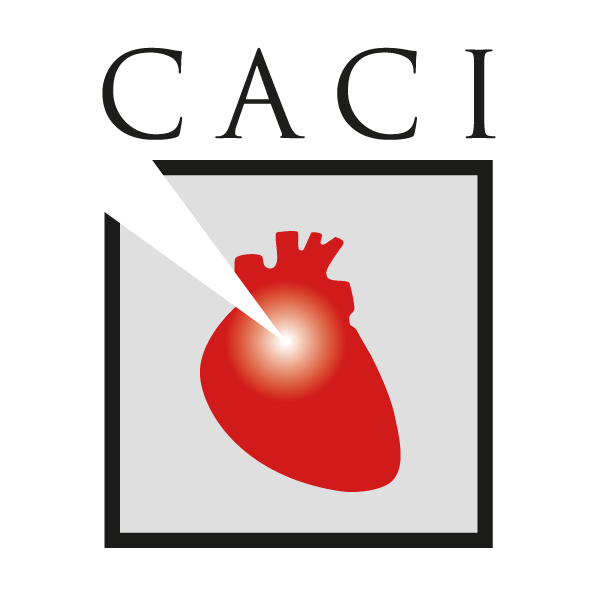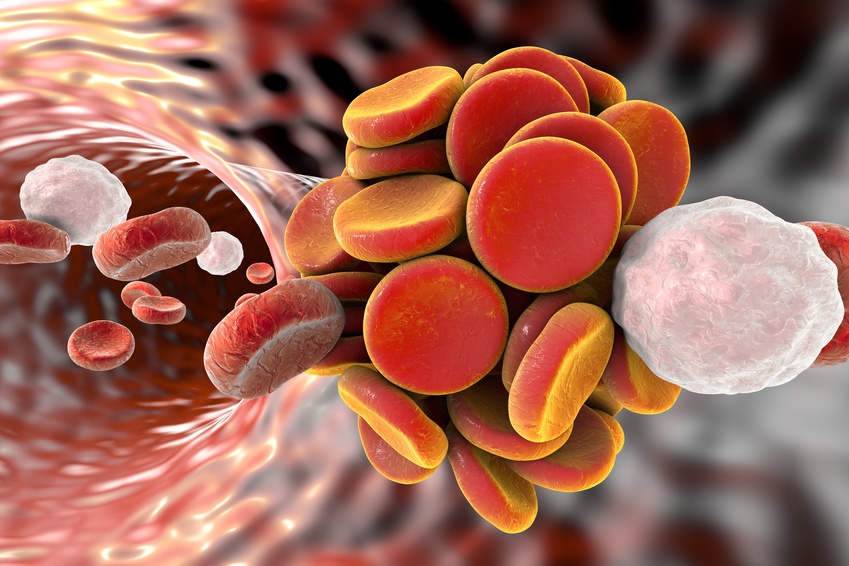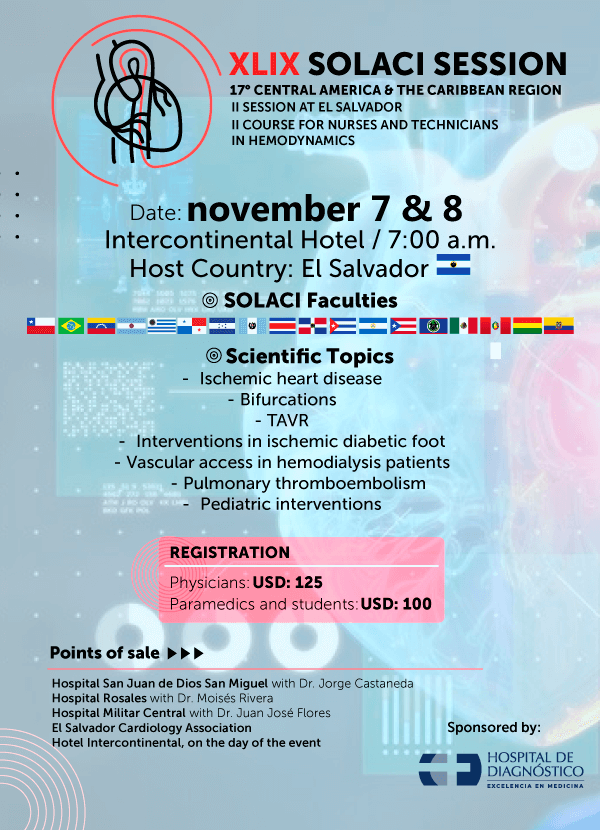Patients with ST-segment elevation myocardial infarction who undergo primary angioplasty are at high risk for both ischemic and bleeding events, which affect significantly both morbidity and mortality. An optimal selection of antithrombotic therapies in terms of strength and duration must take into account the timing for the procedure, since the risk for these complications may vary over time.
The HORIZONS-AMI (Harmonizing Outcomes with Revascularization and Stents in Acute Myocardial Infarction) trial enrolled 3602 patients. All ischemic and bleeding events were classified according to the timing of their occurrence as acute (≤24 h after angioplasty), subacute (1 day to 30 days), or late (30 days to 1 year). All patients were treated with aspirin and clopidogrel for an entire year. Ischemic events included cardiac death, reinfarction, and definite thrombosis. Bleeding events included all non-myocardial revascularization surgery-related major and minor bleeding events.
Read also: “Angioplasty Complexity May Define the Duration of Dual Antiplatelet Therapy”.
Both risks exponentially decreased over time (p < 0.001). During the acute phase, the risk for thrombosis and the risk for bleeding were similar; however, in the subacute phase, the risk for bleeding was higher. After the first month and up to a year (late phase), the ischemic risk was far superior to the bleeding risk (p < 0.001).
Conclusion
The risk for thrombosis and for bleeding both significantly decrease over time after primary angioplasty. While the risk for bleeding is higher at the beginning, the risk for ischemia significantly exceeds it beyond 30 days, supporting the idea of continued dual antiplatelet therapy during the first year.
Editorial
Many thrombotic events took place after discontinuation of dual antiplatelet therapy due to a bleeding event, and many bleeding events were caused by a dose increase in antiplatelet or antithrombotic agents after an ischemic event. However, this association was lower than expected and most events were temporarily independent.
This work presents several limitations:
- On the one hand, the study used only first-generation drug-eluting stents, which must have surely impacted the rated of thrombosis.
- No treatment arm used heparin only, despite the fact that this drug is the one most frequently administered in our everyday practice.
- Over 90% of all procedures used a transfemoral approach, which must have surely affected the rate of bleeding.
Original title: Characterization of the Average Daily Ischemic and Bleeding Risk After Primary PCI for STEMI.
Reference: Gennaro Giustino et al. J Am Coll Cardiol 2017;70:1846-57.
Get the latest scientific articles on interventional cardiologySubscribe to our weekly newsletter
We are interested in your opinion. Please, leave your comments, thoughts, questions, etc., below. They will be most welcome.





